PYTHAGORAS 2020





“PYTHAGORAS OF SAMOS - 140 x 183 cm
Pythagoras of Samos (c.570 - c.495 BC) was an ancient Ionian Greek philosopher and founder of Pythagoreanism. He is said to be the first man to have called himself a philosopher (‘lover of wisdom’) and was known for his metempsychosis, the ‘transmigration of souls’, which holds that every soul is immortal and upon death, enters into a new body. Many mathematical and scientific discoveries were attributed to Pythagoras, including his famous theorem in geometry that states that ‘in a right-angles triangle the square of the hypotenuse is equal (to the sum of) the square of the two other sides’ (a2 + b2 = c2). Pythagoras and his contemporary Parmenides of Elea were also both credited with having been the first to teach that the Earth was spherical. They were also the first to divide the globe into five climactic zones, and to identify the morning and evening stars as being the same celestial object, today know as Venus. Another belief attributed to Pythagoras was that of the ‘harmony of the spheres’, which maintained that the planets and star move according to mathematical equations, which correspond to musical notes and thus produce an inaudible symphony. During the sixth century BC, the ‘number’ philosophy of the Pythagoreans triggered a revolution in the Greek sculptors and architects who attempted to find the mathematical relation (canon) behind aesthetic perfection. Pythagoras influenced the philosophies of Plato and Aristotle and continued to be regarded as a great philosopher throughout the Middle Ages and had a major impact on scientist such as Nicolaus Copernicus, Johannes Kepler, and Isaac Newton.”
HELEN OF TROY



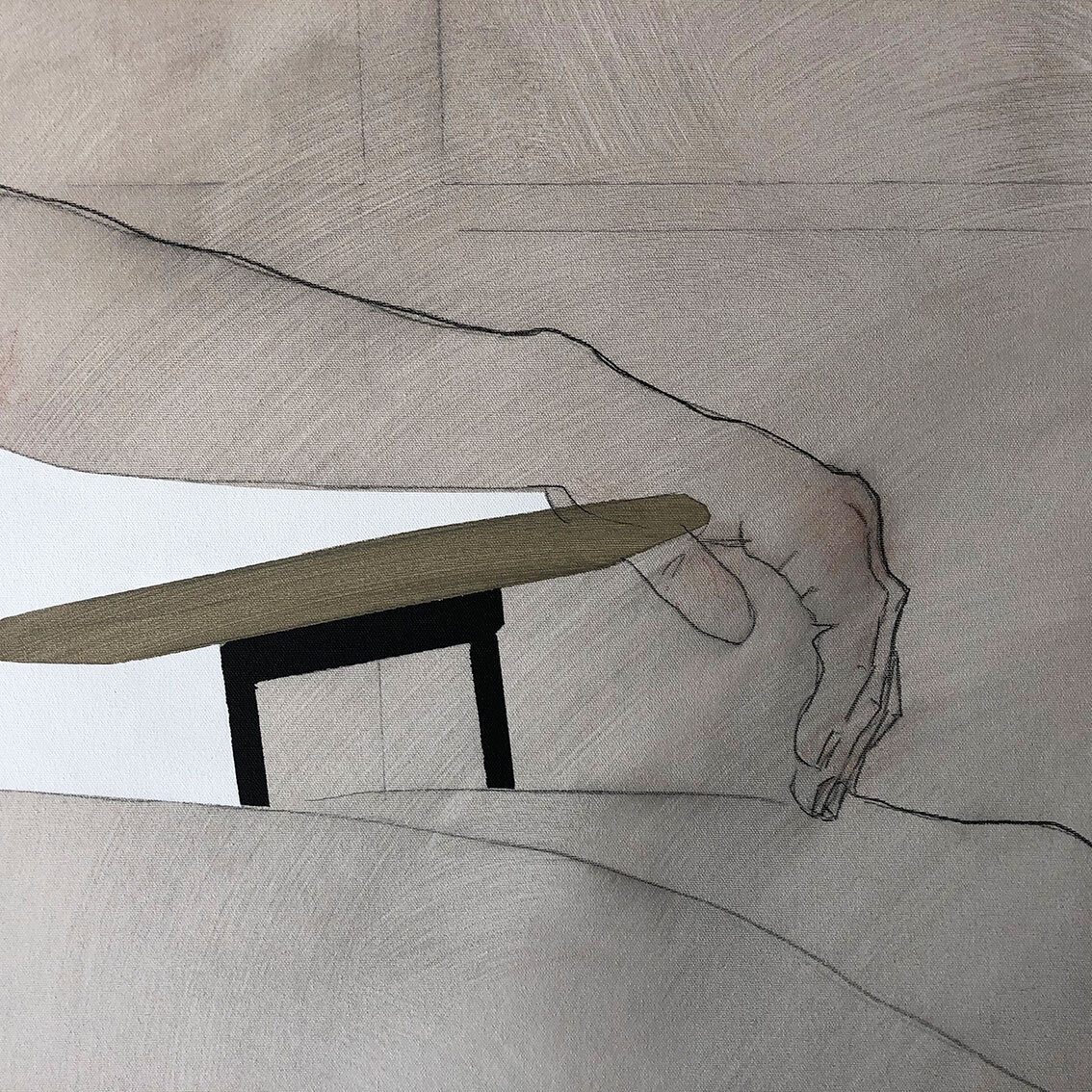
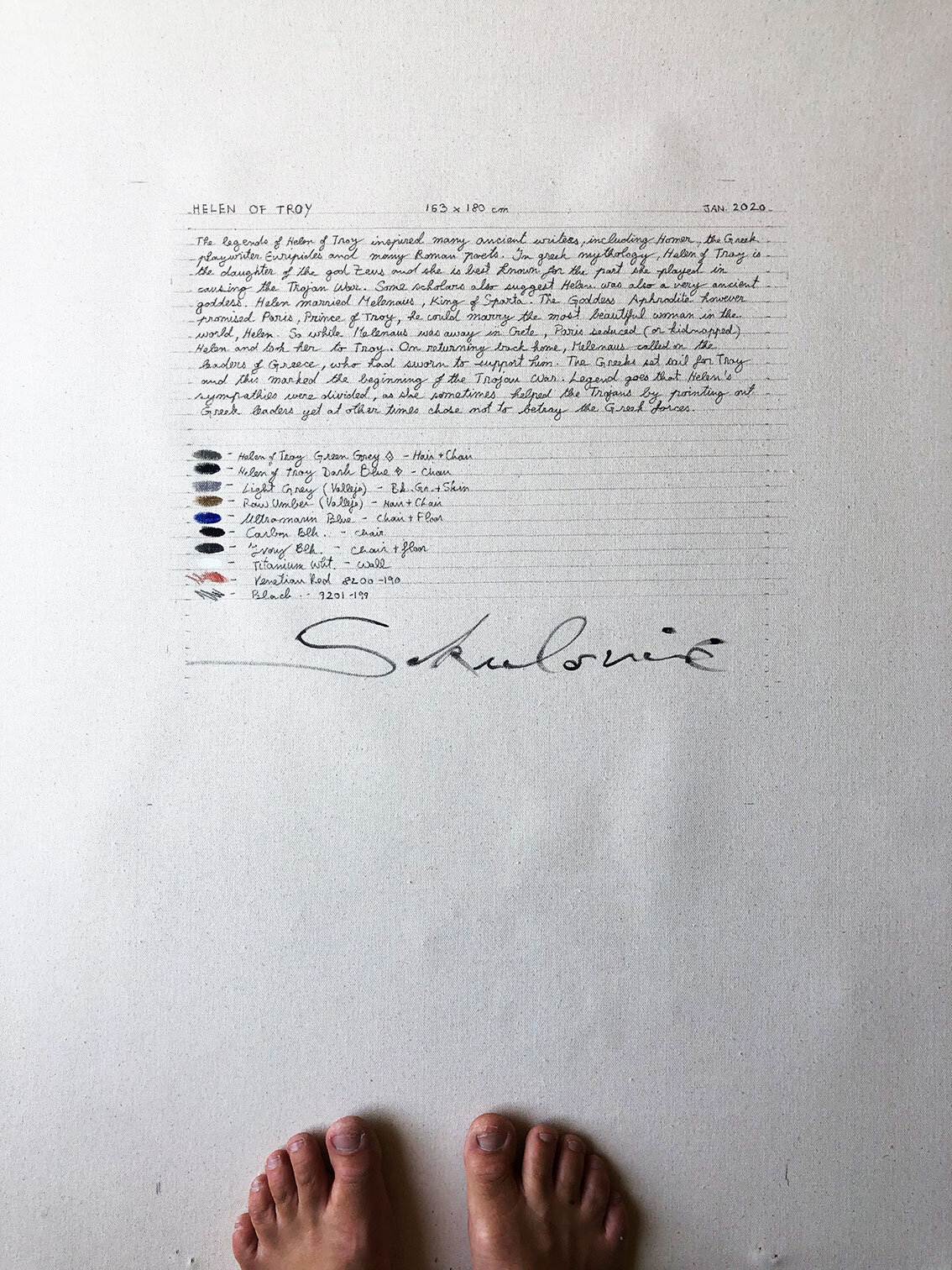
“HELEN OF TROY 163 x 180 cm
The legends of Helen of Troy inspired many ancient writers, including Homer, the Greek playwright Euripides and many Roman poets. In Greek mythology, Helen of Troy is the daughter of the god Zeus and she is best known for the part she played in causing the Trojan War. Some scholars also suggest Helen was also a very ancient goddess. Helen married Menelaus, King of Sparta. The Goddess Aphrodite however, promised Paris, Prince of Troy, he could marry the most beautiful woman in the world, Helen. So while Menelaus was away in Crete, Paris seduced (or kidnapped) Helen back to Troy. On returning back home, Menelaus called on the leaders of Greece, who had sworn to support him. The Greeks set sail for Troy and this marked the beginning of the Trojan War. Legend goes that Helen’s sympathies were divided, as she sometimes helped the Trojans by pointing out Greek leaders yet at other times chose not to betray the Greek forces.”
ANAXIMANDER


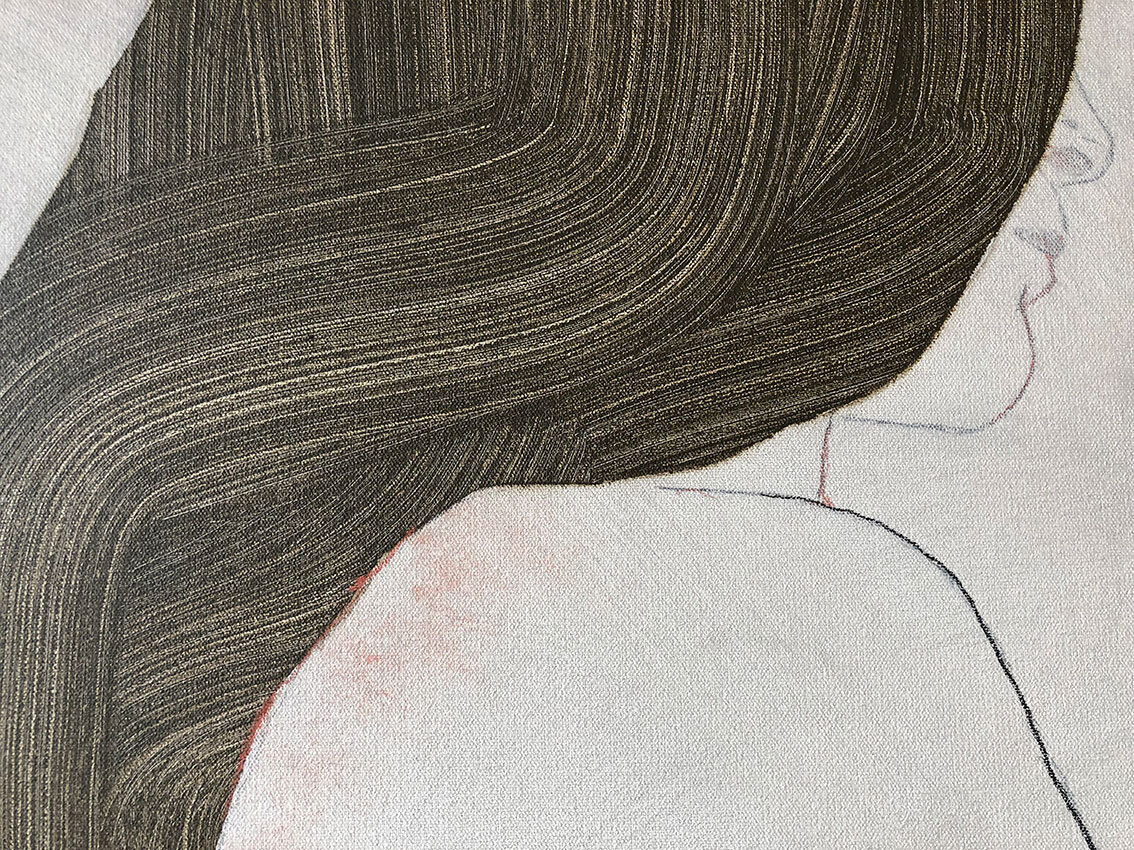


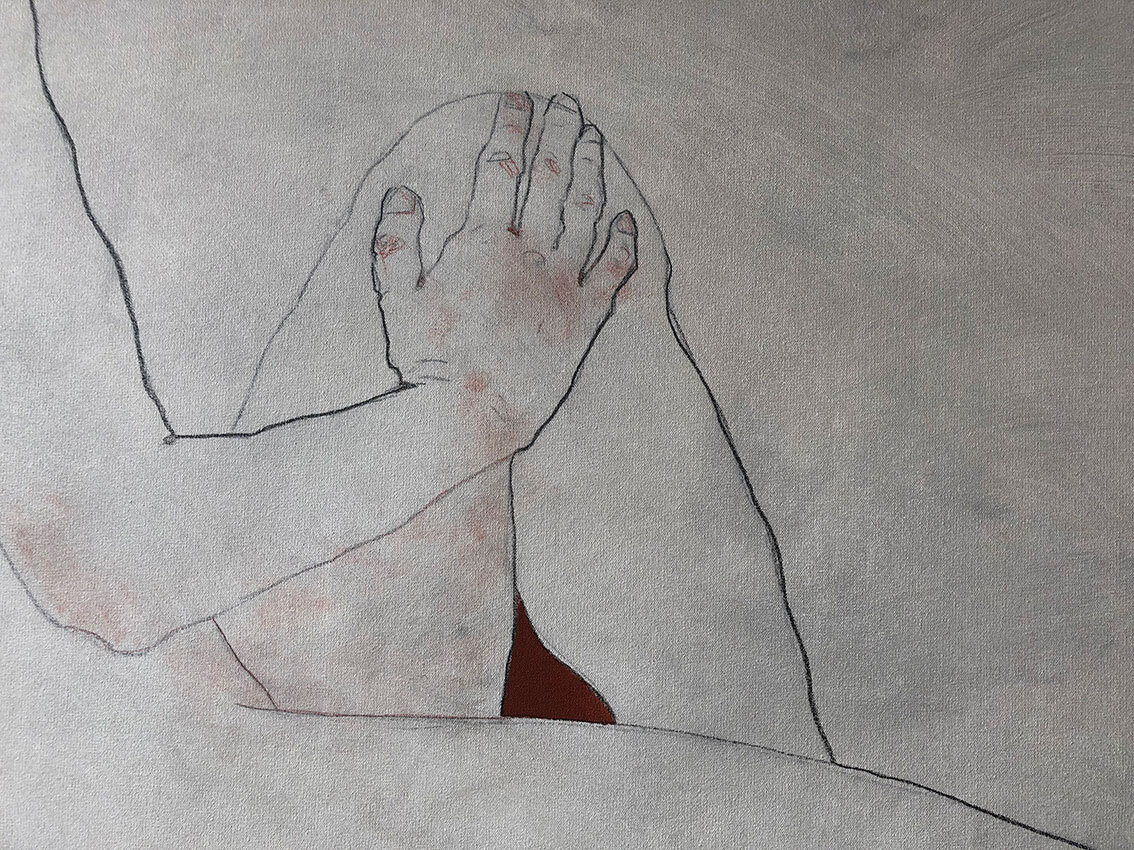
“ANAXIMANDER - 120 x 180 cm
Anaximander (c. 610 – c. 546 BC) was a pre-Socratic Greek philosopher who lived in Miletus. He belonged to the Milesian school and learned the teachings of his master Thales. Anaximander was an early proponent of science and tried to explain different aspects of the universe and its origins. He claimed that nature is ruled by laws, just like human societies, and anything that disturbs the balance of nature does not last long. Anaximander’s philosophy included disciplines such as astronomy, where he attempted to describe the mechanics of celestial bodies in relation to the Earth. In physics, his postulation that the ‘indefinite’ was the source of all things, led Greek philosophy to a new level of conceptual abstraction. His knowledge of geometry allowed him to introduce the gnomon in Greece and he created a map of the world that contributed greatly to the advancement of geography. ”
ARCHIMEDES OF SYRACUSE


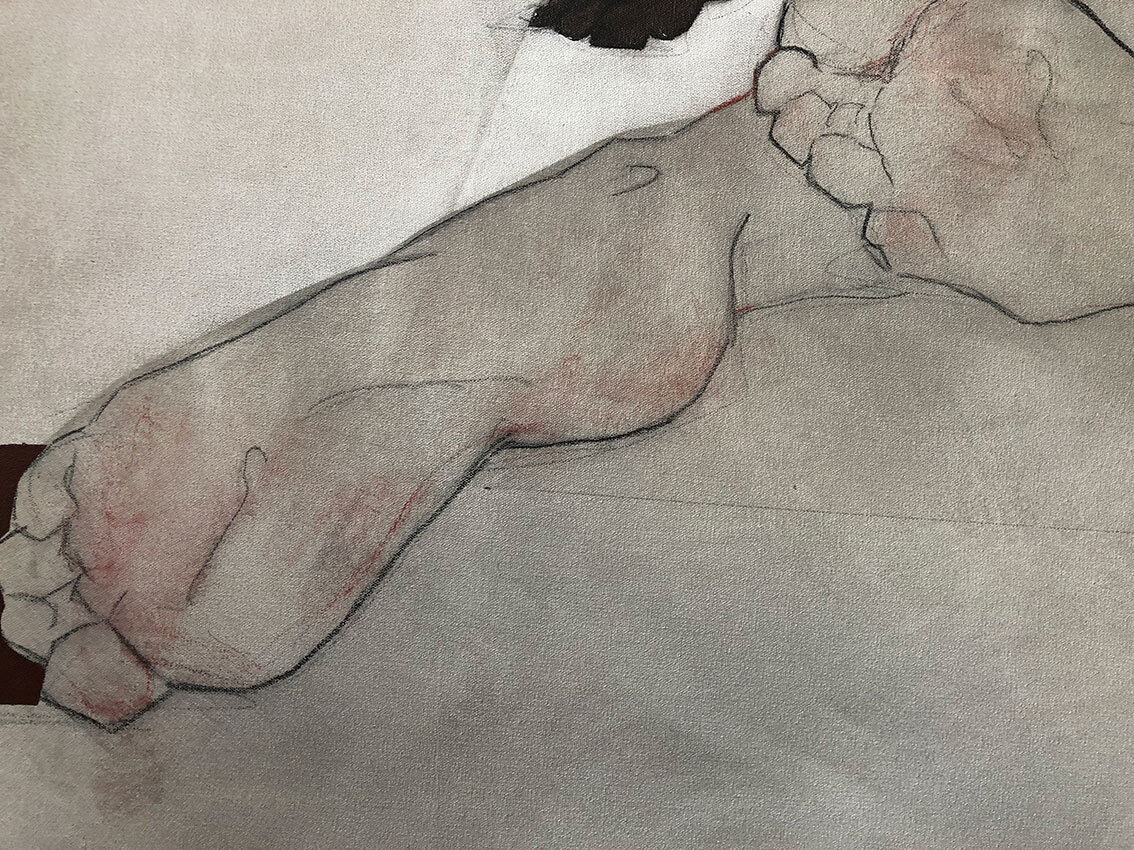
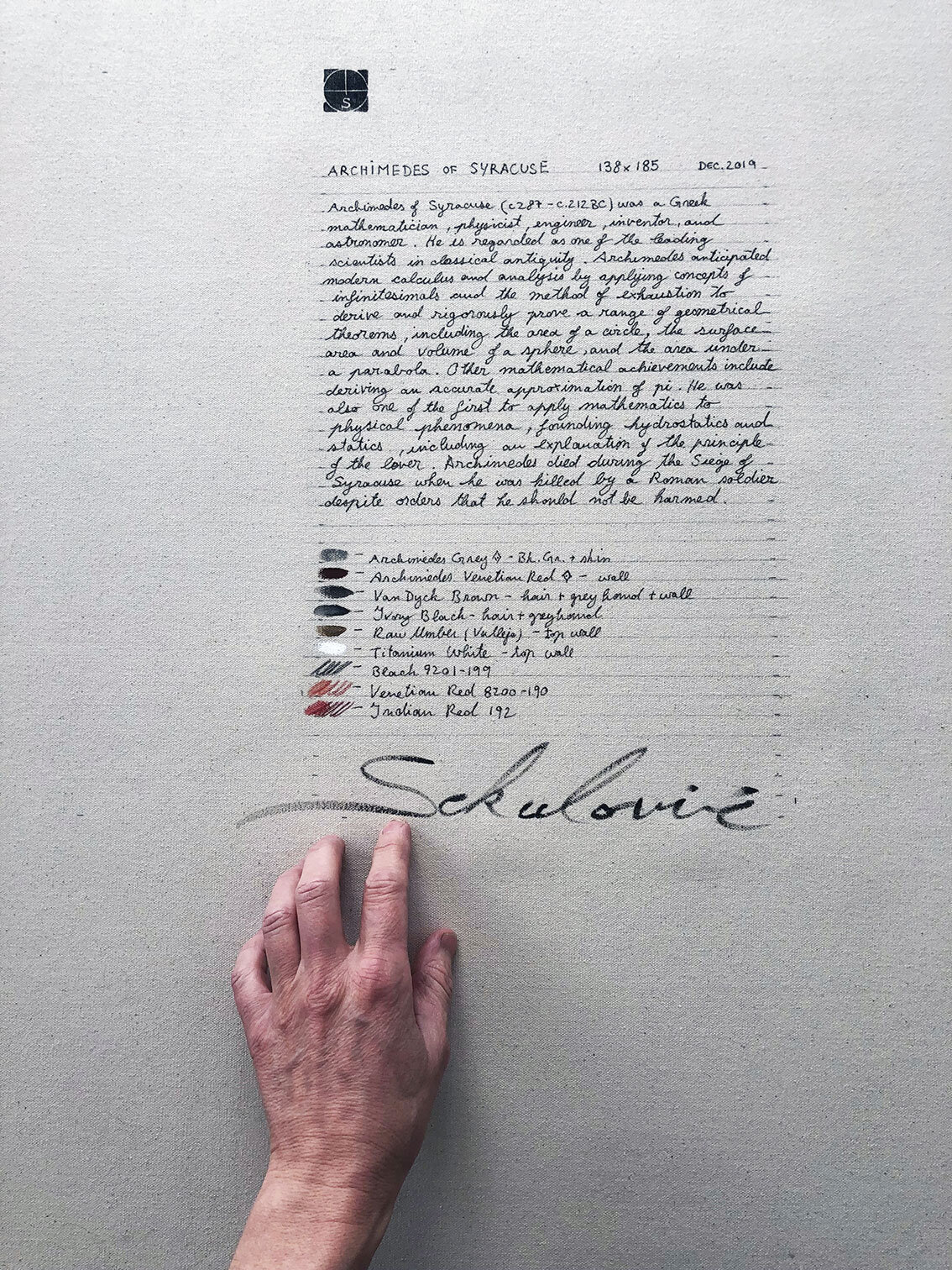
“ARCHIMEDES of SYRACUSE - 138 x 185 cm
Archimedes of Syracuse (c. 287 – c. 212 BC) was a Greek mathematician, physicist, engineer, inventor, and astronomer. He is regarded as one of the leading scientists in classical antiquity. Archimedes anticipated modern calculus and analysis by applying concepts of infinitesimals and the method of exhaustion to derive and rigorously prove a range of geometrical theorems, including the area of a circle, the surface area and volume of a sphere, and the area under a parabola. Other mathematical achievements include deriving an accurate approximation of pi. He was also one of the first to apply mathematics to physical phenomena, founding hydrostatics and statics, including an explanation of the principle of the lever. Archimedes died during the Siege of Syracuse when he was killed by a Roman soldier despite orders that he should not be harmed.”
OTRERA



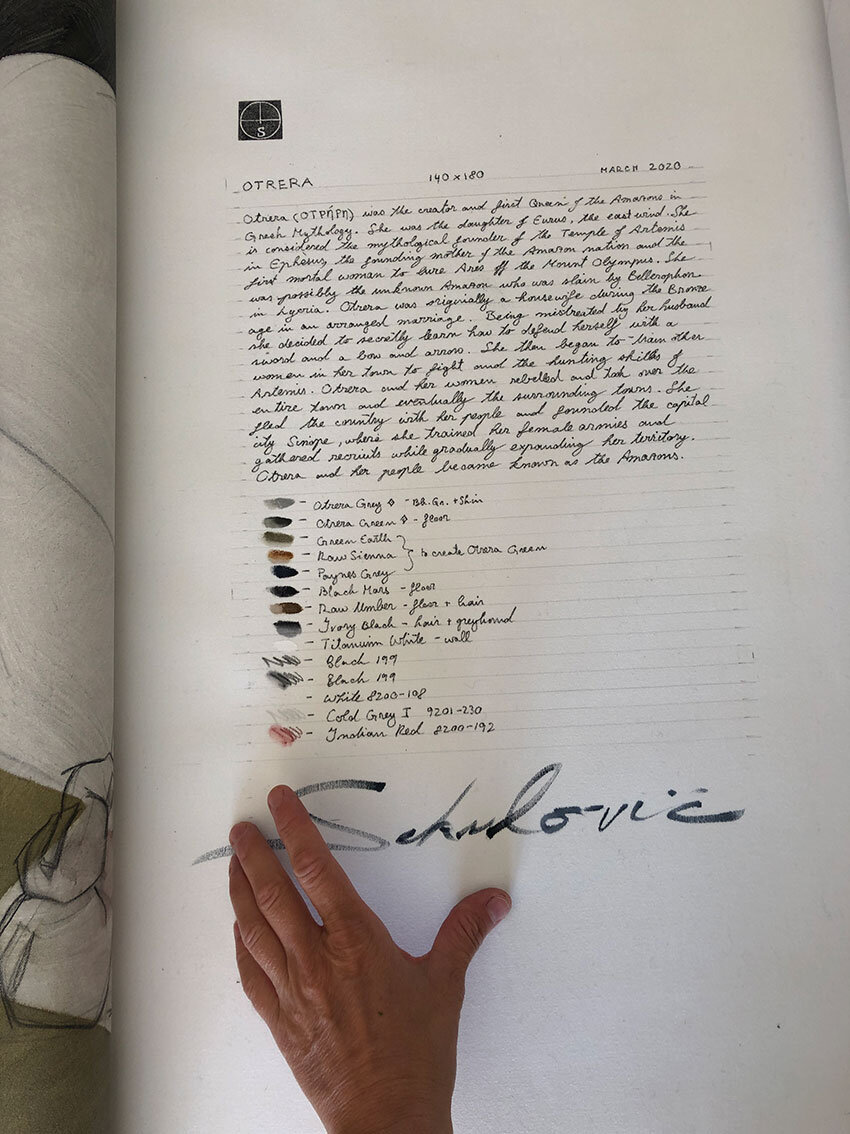
“OTRERA - 140 x 180 cm
Otrera (Ὀτρήρη) was the creator and first Queen of the Amazons in Greek mythology. She was the daughter of Eurus, the east wind. She is sometimes considered the mythological founder of the Temple of Artemis in Ephesus, the founding mother of the Amazon nation and the first mortal woman to lure Ares off of Mount Olympus. She was possibly the unknown Amazon who was slain by Bellerophon in Lycia. Otrera was originally a housewife during the Bronze age in an arranged marriage. Being mistreated by her husband, she decided to secretly learn how to defend herself with a sword and a bow and arrow. She then began to train other women in her town to fight and the hunting skills of Artemis. Otrera and her women rebelled and took over the entire town and eventually the surrounding towns. She fled the country with her people and founded the capital city Sinope, where she trained her female armies and gathered recruits while gradually expanding her territory. Otrera and her people became known as the Amazons.”
ARISTOTELES
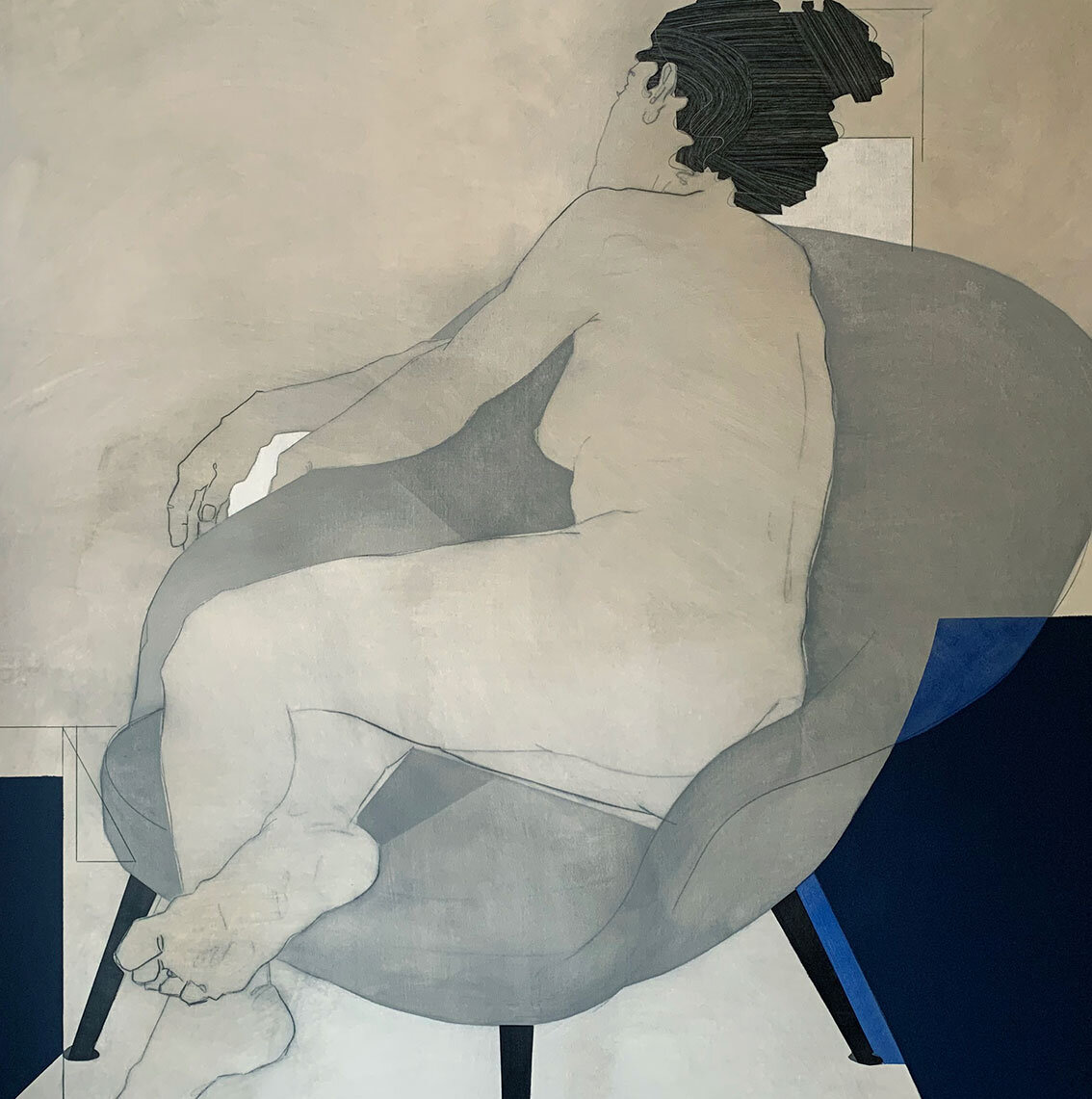

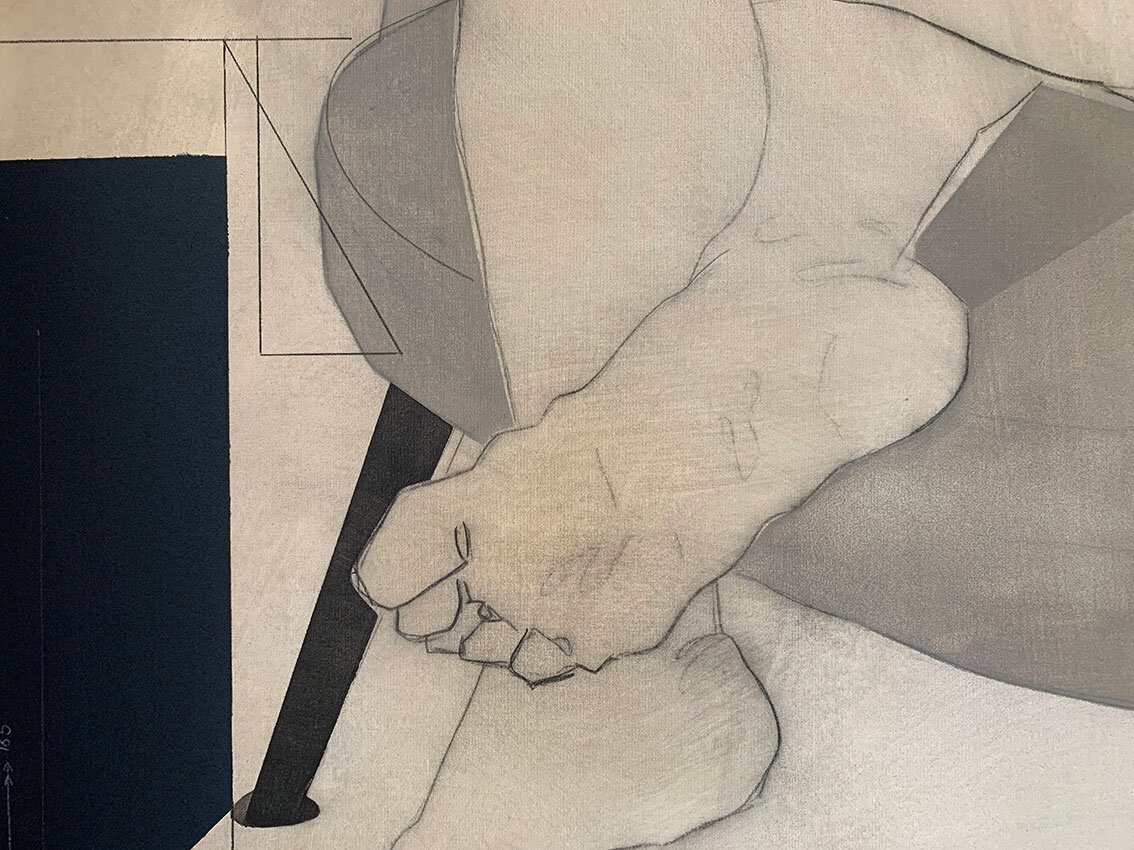

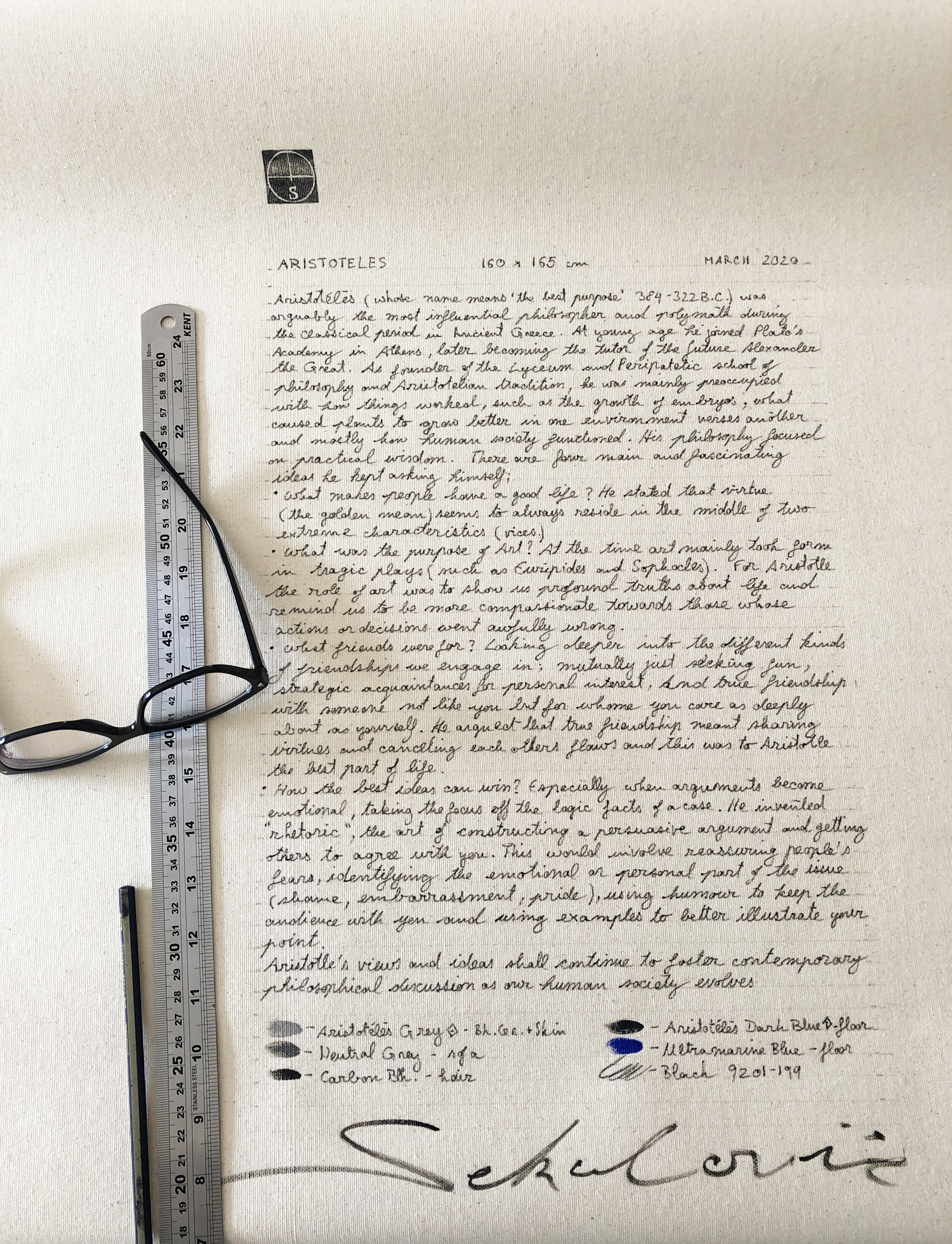

“ARISTOTELES - 160 x 165 cm
Aristotélēs (whose name means “the best purpose” 384 – 322 BC) was arguably the most influential philosopher and polymath during the Classical period in Ancient Greece. At young age he joined Plato’s Academy in Athens, later becoming the tutor of the future Alexander the Great. As founder of the Lyceum and Peripatetic school of philosophy and Aristotelian tradition, he was mainly preoccupied with how things worked, such as the growth of embryos, what caused plants to grow better in one environment verses another and mostly how human society functioned. His philosophy focused on practical wisdom. There were four main and fascinating ideas he kept asking himself;
- What makes people have a good life? He stated that virtue ( the golden mean) seems to always reside in the middle of two extreme characteristics (vices)
- What was the purpose of Art? At the time art mainly took form in tragic plays (such as Euripides and Sophocles). For Aristotle the role of art was to show us profound truths about life and remind us to be more compassionate towards those whose actions or decisions went awfully wrong.
- What friends were for? Looking deeper into the different kinds of friendships we engage in: mutually just seeking fun, strategic acquaintances for personal interest, and true friendship with someone not like you but for whome you care as deeply about as yourself. He argued that true friendships meant sharing virtues and canceling each others flaws and this was to Aristotle the best part of life.
- How the best ideas can win? Especially when arguments become emotional, taking the focus off the logic facts of a case. He invented ‘rhetoric’, the art of constructing a persuasive argument and getting others to agree with you. This would involve reassuring people’s fears, identifying the emotional or personal part of the issue (shame, embarrassment, pride), using humour to keep the audience with youand using examples to better illustrate your point.
Aristotle’s views and ideas shall continue to foster contemporary philosophical discussion as our human society evolves.”
HERODOTUS





“HERODOTUS - 159 x 170 cm
Herodotus was a Greek writer and geographer credited with being the first historian. He spent his entire life working on one single project: the origins and execution of the Greco-Persian Wars (499–479 B.C.) that he called “The Histories.” The Greek word “historie” means “inquiry” and it is from Herodotus’ work that we get the modern meaning of the word “history.” Herodotus published his magnum opus around the year 425 B.C. Before this time, no one had ever made such a systematic and detailed study of the past or even tried to explain the cause-and-effect of its events. Herodotus spent his life traveling from one Persian territory to another, crossing the Mediterranean to Egypt and traveling through Palestine to Syria and Babylon. He recorded oral histories, made notes of myths and legends and places he saw. He called these “autopsies,” or “personal inquiries”. Later, when he was in Athens, he gave readings in public places and in 445 B.C, the people of Athens voted to give him a prize to honor him for his contributions to the city’s intellectual life. After Herodotus, historical analysis became an indispensable part of intellectual and political life. In a magnificent attempt to recollect and show what caused the Greco-Persian Wars, Herodotus’ introduction words were: “Here is the account of the inquiry of Herodotus of Halicarnassus in order that the deeds of men not be erased by time, and that the great and miraculous works–both of the Greeks and the barbarians–not go unrecorded.”
DIOGENES OF APOLLONIA
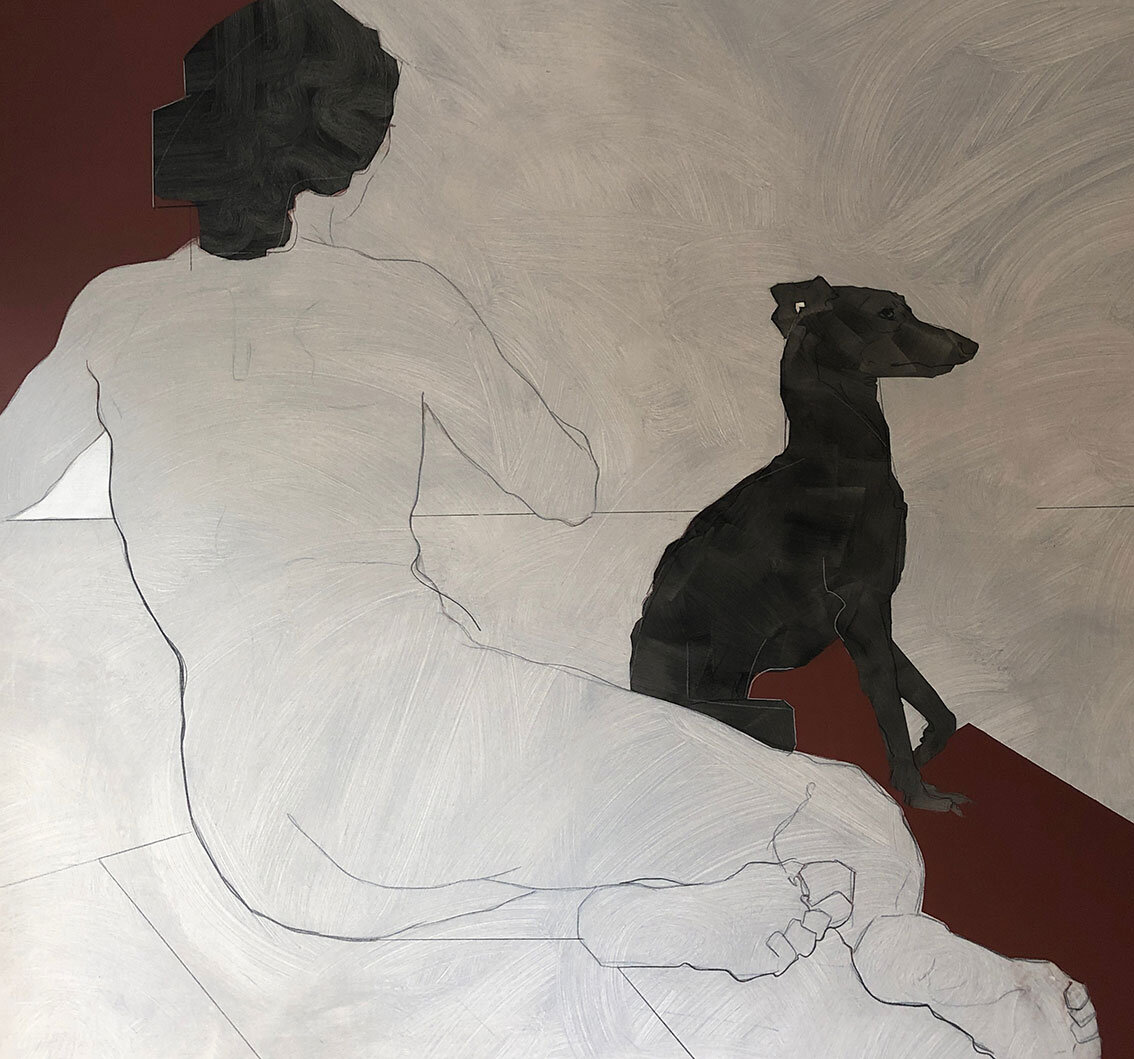


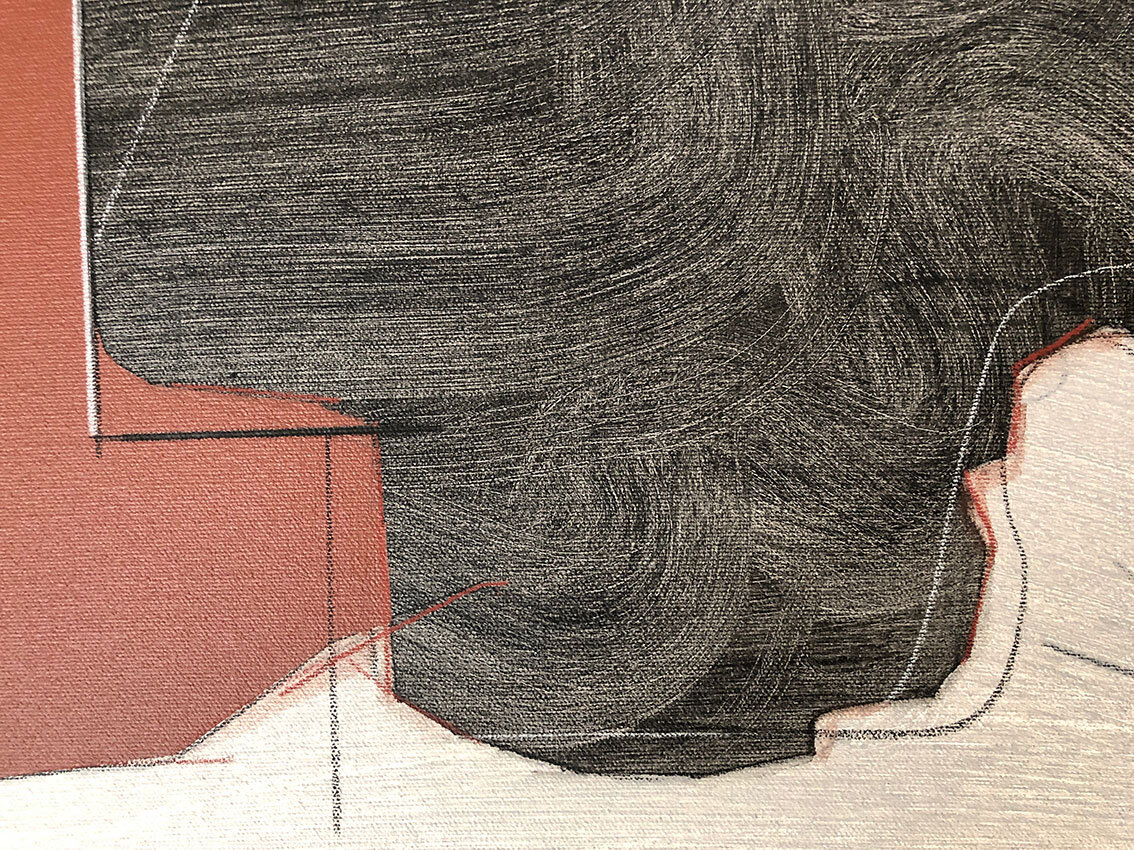

“DIOGENES OF APOLLONIA - 160 x 170 cm
Diogenes of Apollonia (5th century BC) was an ancient Greek philosopher. His most famous work was On Nature (Περὶ Φύσεως, Peri Physeos). He argued that ‘air’ was the one source of all being, as a primal force, and therefore possessed intelligence. He believed that all other substances were derived from air through condensation and rarefaction. Limitless and eternal, air was the nature of the universe, and as its properties changed so did other forms coming into being. Diogenes was said to have believed in an infinite number of worlds as well as infinite void; that air, densified and rarefied, produced the different worlds; that ‘nothing was produced from nothing’, or was ‘reduced to nothing’. He believed the Earth was round and had received its shape from the “whirling round of the warm vapours, and its concretion and hardening from cold.” Today, ‘Diogenite meteorites’ are named after Diogenes of Apollonia, who was the first to suggest an outer space origin for meteorites: “With the visible stars revolve stones which are invisible, and for that reason nameless. They often fall on the ground and are extinguished, like the stone star that came down on fire at Aegospotami.”
